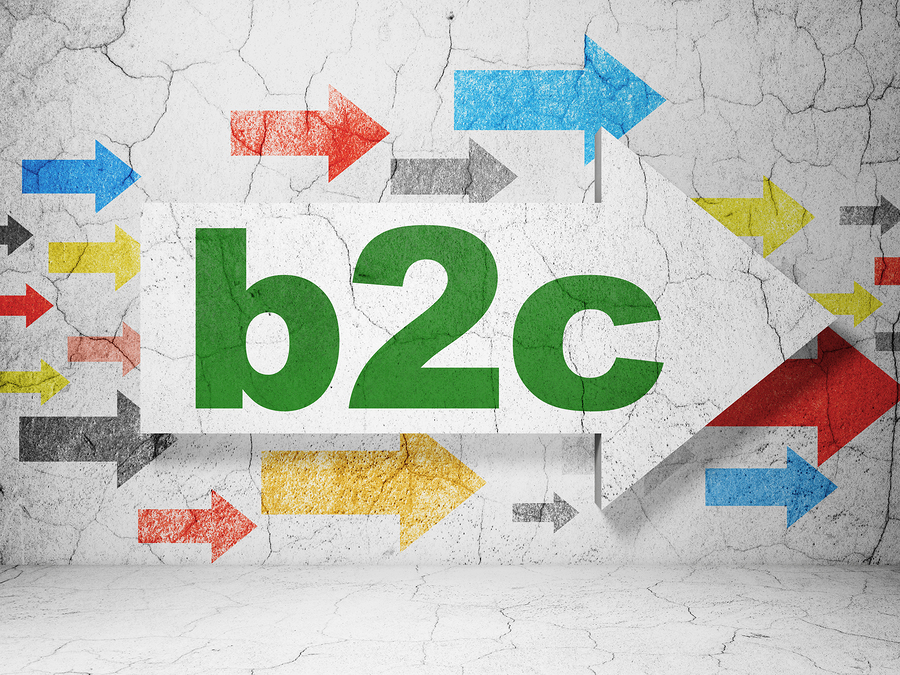
July 29, 2014
Making the Personal Public: 3 Tips for More Authentic Content
Content marketing has begun to eclipse the “old ways” of marketing, which means that customers are faced with a flood of content every time they use the web. According to Media Bistro, the average social media user consumes 285 pieces of content each day. So, how do you get your content to stand out in a sea of noise?
People respond to authentic content that speaks to them, delivers an important message, and doesn’t feel as though it was manufactured. Read on for 3 tips for writing content that is real and sharable.
1. People and Personas
According to Business 2 Community, it’s important to make the shift from thinking about audience engagement as an “institution to human” interaction to a purely “human to human” connection.
One way to do this is to showcase the people behind your brand. In your “About Us” section, consider including photos and short, friendly bios of the people behind the scenes. Humanizing the folks who create and sell your products or services can be a major boon for your company. This is especially effective for non-profit organizations, like the Clean Water Action, whose site boasts friendly, welcoming photos of their national staffers.
On the other side of the coin, it’s also important to think about your potential customers not as a random mass of people, but instead as individuals with personalities, dreams, hopes, and fears. Using buyer personas to humanize your target audience can lead to more specific, authentic feeling content. Use examples that speak to your audience, and show them that their concerns are your concerns.
2. Storytelling
In a recent B2B Content Marketing Trends survey, 56% of respondents cited “engaging and compelling storytelling” as one of the key ingredients for successful audience engagement. Telling a good story is solid marketing psychology, and it can be accomplished in a number of ways. Try including first person customer testimonials on your site, and be sure to craft them so that they are telling the client’s story, not just praise for your company without context.
You can also try creating videos that feature the company’s leader telling the “story” of the brand. This shouldn’t be a recitation of the mission statement, but instead, a direct, casual retelling of how the company came to be, like Coconut Bliss – a brand that hits it out of the park with both videos and an illustrated “storybook.”
3. Connect Product with Purpose
Think deeply about why you sell the products or services that you do. What is the greater purpose behind your products? Why should a customer choose your product over the competitor? By clearly articulating your brand’s reasons for being in business, you’ll authentically engage your customers because they’ll know what you stand for, and what their purchase will support.
For example, ice cream giant Ben & Jerry’s makes a quality product, but what their loyal fans really connect to is the message behind the marshmallow and mascarpone. Not only do they speak of the importance of family and community values, but they have an entire page dedicated to the issues they support, including Fairtrade products, marriage equality, and non-genetically modified food. This shows that they’re committed to causes that really matter, even if they aren’t related to the product that they’re selling, and brings about a sense of trust for those who agree with their stance.



